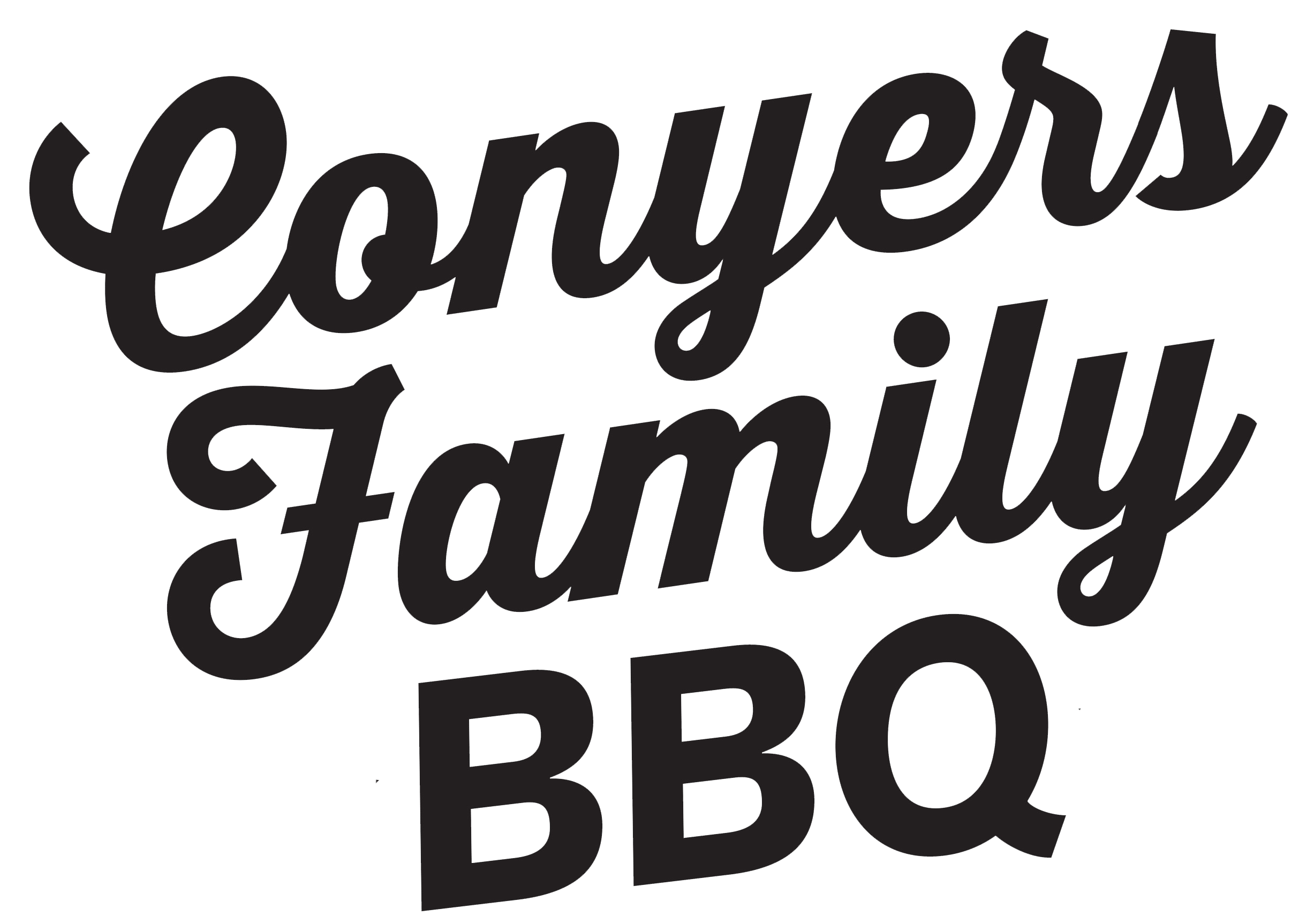Book Review- Savage Barbecue: Race, Culture, and the Invention of America’s First Food
In this Three part series, writer Deah Berry Mitchell reviews the book Savage Barbecue: Race, Culture, and the Invention of America’s First Food and shares her own lived experience with barbecue. She also shares how her own thoughts evolved after reading the book suggested by Dr. Howard Conyers.
In the early 1820’s Mexico offered large tracts of land to settlers to entice their move to Texas.
These new settlers, many of whom were immigrants themselves, were known as “The Old Three Hundred” and saw this trek as the perfect opportunity to start anew. About 25% of the settlers brought enslaved Black people. A few who, I speculate, may have been some of my ancestors.
Barbecue “culture” is interpreted, or shall I say “misinterpreted,” en mass by groups who have come to expect their almighty pitmaster to look like a Texas caricature: a sage old white man, potbellied, clad in well-worn denims, boots and a ten-gallon hat.
Upon completing Savage Barbecue my opinions progressed from a rather superficial point-of-view to a more in-depth inner reflection of how easily words and behaviors are callously misconstrued by people in positions of power. How, even now, there is a far too often dismissive attitude towards anyone who has experiences that differ from what largely white populations have come to expect barbecue to look or taste like. And how we, collectively, view barbecue culture as a barometer for American masculinity.
“The Texan of today considers barbecue native food. It is robust provender, as inherent to the history and traditions of this State as the Alamo. And it is man’s own. Women, in truth, never bother with it. It’s process of preparation is too arduous and primitive. But men cook barbecue by the ton, for thousands to feast on. It is folk food of feudal scope and magnificence.” Dallas Morning News, March 26, 1937.
Without context, one might assume that the above paragraph was written in the latter part of the 20th century.
Today, we no longer dispute the existence of womanhood in barbecue culture or make such sweeping claims as this writer assumes – that women can’t “bother” with such grueling work.
For example Tootsie Tomanetz is an excellent Texas pitmaster that epitomizes barbecue in the state. Even less, the statistics to show the amount of African American women pitmasters in comparison to white female pitmasters who represent a larger piece of the, albeit already much smaller, proverbial barbecue “pie.” Far more common are the amount of white family run businesses that are the faces of prestigious barbecue enterprises and popular sauce brands but have conspicuously anonymous Black pitmasters at the helm of those businesses or, in many cases, taught by a black man, like Tootsie’s teacher. Orange Holloway. This familiar tactic is eerily similar to the early days of barbecue culture when Black labor was also often exploited.
Chapter 3 of Savage explores more about the racial dynamics of Black and whites specifically during the Jim Crow Era.
The physical work that was a necessity when digging trenches, carrying hogs and cattle weighing as much as an adult, or sometimes more, and also tending to the meat overnight was a workload that would have been expected of the Black labor, while the people in positions of power – white people – were left to do little at the end of this arduous chore but do life the succulent smoked meats from their plates to their expecting mouths. However, they were not aware that it was not just physical labor the Black workers were exerting. On the contrary, the amount of mental acumen required has seldom been acknowledged until the balance of power shifted to more a white-centered viewpoint that included the relabeling and attaching the name pitmaster, implying that they have acquired complete knowledge or skill, the mastery of a craft. Dr. Conyers has also confirmed in many interviews that this is a new word popularized by TV series Pitmasters, as he recalls growing up in the 1980-1990’s never hearing that word on the farm.
The science behind barbecue is as demanding as the physical strength required to successfully complete a roast.
Things like the amount and level of heat, how to regulate the temperature in ground, which wood yields a different result and why, and even how to prep the meats differently according to animal type are all more scientific methods that must be considered when executing pit barbecue.
Today popular barbecue associations and the pitmasters they catapult into stardom set the standards that many try to emulate for barbecues “best practices”.
It is important not to strip away the voices of those who have paved the way for centuries in this form of cookery.
A more inclusive environment can expose so many to new forms of thought and perhaps answer questions about the past which can in turn aid us in the future of this art.




